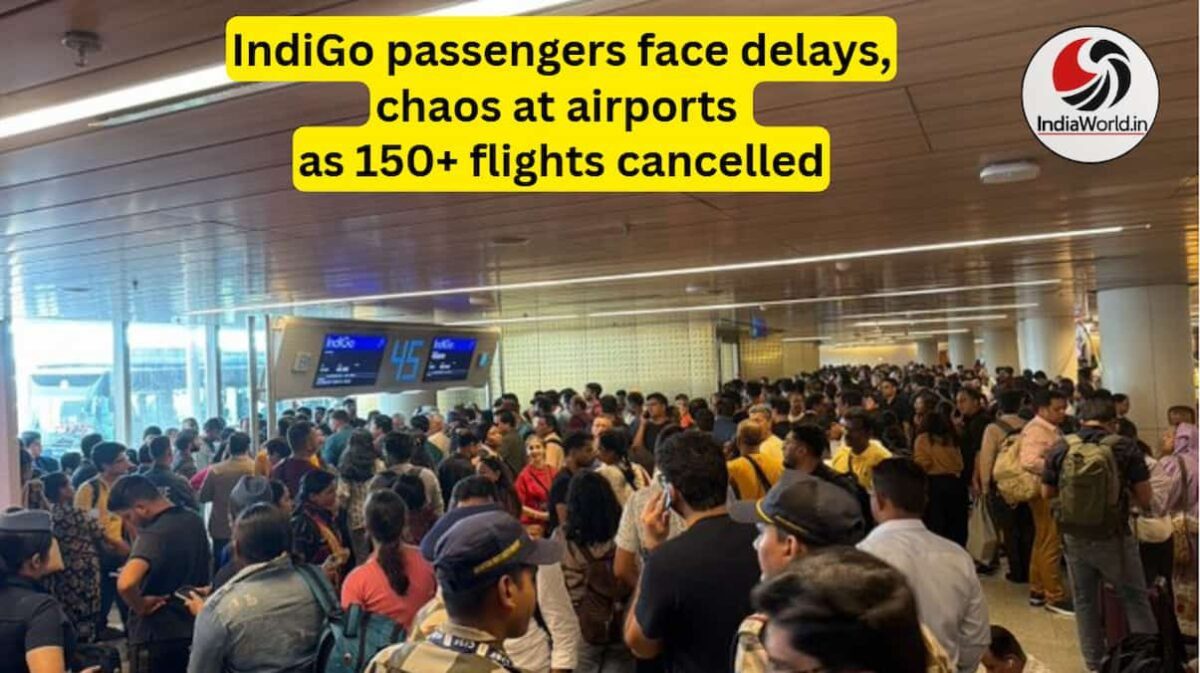IT Giants Clash With Karnataka Government — What’s at Stake?
Introduction
In Bengaluru, the state capital of Karnataka, a sharp confrontation is unfolding between major IT and biotech leaders and the state government. Names like N. R. Narayana Murthy (founder of Infosys), his wife Sudha Murty, Kiran Mazumdar‑Shah (of Biocon) and industrialists such as Mohan Das Pai and Rajesh Yabaji are voicing concerns about infrastructure, investment climate and government readiness.
At the same time, the government is facing pressure because these same veterans helped build the city into a global tech hub. Now the tone has shifted — and the debate has become public.
In this article, we analyse the key players, the issues, their claims, and the impact on Karnataka’s IT-BT sector.
Historic Role of the IT Giants in Bengaluru
Murthy, Sudha Murty, Mazumdar-Shah, Pai and Yabaji played instrumental roles in shaping Karnataka’s IT/BT landscape. They offered strategic advice to the state government — under different regimes — that helped grow export volumes, create employment for hundreds of thousands, and transform Bengaluru into a recognized global technology hub.
Their contributions spanned decades: from product development and services growth to advocating investor-friendly policies. Consequently, the ecosystem flourished — from hardware to software, from start-ups to global delivery centers.
Yet now, all of them are publicly critical of the same government that once welcomed their counsel.
Why the Friction? Infrastructure & Competitiveness Issues
The core of their grievance centres on infrastructure and competitiveness. They argue that while Bengaluru and Karnataka have grown, other states and regions are now overtaking Karnataka in key areas. For example:
- They point out that neighbouring states like Andhra Pradesh are attracting new facilities (e.g., AI hubs, EV manufacturing).
- They note that Bengaluru’s roads, transport links, and overall urban infrastructure are lagging behind expected standards for a global tech city.
- They say investors are being discouraged by rising friction, regulatory uncertainty and infrastructure bottlenecks.
For instance, Mohan Das Pai is cited as saying that recent large investments in other states highlight Karnataka’s relative neglect of foundational infrastructure. Meanwhile, the couple Narayana Murthy & Sudha Murthy rejected participation in a state survey, which the government sees as symptomatic of elite disengagement.
Public Criticism and Threat to Government Narrative
Their criticism has triggered a political and public backlash. The state government says that such public warnings weaken investor confidence and harm state progress.
For example, the Minister for City Development urged that “criticism must be constructive” rather than simply adversarial. The government also noted allocation of large funds (e.g., Rs 1000 crore) to road repairs and the establishment of a task force under the GBA Commissioner to fix key arterial roads. Still, the tech leaders remain vocally dissatisfied.
The Survey Incident: A Flashpoint
A clear flashpoint is the rejection by Narayana Murthy and Sudha Murthy of the socio-economic educational survey initiated by the Karnataka State Commission for Backward Classes. They said they did “not belong to any backward community” and therefore opted out.
In response, the Chief Minister publicly asked: “Are they Brihaspati? Are they above civic duties?”
This incident has brought to the fore wider questions of elite accountability, public duty and the role of private sector leaders in state development.
What This Means for the IT-BT Sector & Karnataka
The consequences of this clash could be significant.
Firstly, if investor confidence drops because of infrastructure or policy concerns, Karnataka risks losing its edge in attracting global IT/BT projects.
Secondly, the public nature of the disagreement may affect the state’s brand as a collaborative ecosystem between government and industry.
Thirdly, these tech leaders’ criticisms may embolden other voices to challenge policy direction, potentially leading to slower decision-making or regulatory caution.
On the other hand, their bold stance may also force sharper action (for example, quicker infrastructure repairs, better regulatory clarity) which could benefit the ecosystem in the medium term.

Behind the Scenes: What Tech Leaders Want
From statements and reports, their demands fall into a few broad areas:
- Better urban infrastructure (roads, transport, fault-tolerant networks, power & water reliability) especially in Bengaluru’s tech zones.
- Faster execution of state-level decisions and less bureaucratic delay in approvals, land allotments and policy clarity.
- More inclusive growth so that Bengaluru remains attractive for high-end talent and not just a service-centre belt.
- Closer government-industry collaboration with industry veterans involved in oversight and policy formation rather than peripheral consultation only.
These demands reflect a desire not simply for privilege but for systemic improvement. They believe that Karnataka needs to level up, not rest on past successes.
Government Response and Next Steps
In the face of criticism, the government has responded in multiple ways:
- It has stated publicly that multiple programmes have been set up to address infrastructure gaps, including a special fund for major road repairs in Bengaluru.
- It has emphasised that criticism is welcome but must be constructive, and the government will not tolerate purely adversarial rhetoric aimed at destabilising progress.
- It has also highlighted that many of the survey and welfare programmes are inclusive and apply to all sections.
- Going forward, several scenarios are possible: the state could initiate a high-pace corridor of infrastructure fixes; the industry could couple criticism with formal partnership agreements; or the standoff could deepen and affect investor sentiment.
Why This Matters for Karnataka’s Future
Karnataka has long been India’s premier IT/BT hub. The collaboration between strong government policy and visionary industry leaders created that success. But change is constant: other states are catching up, global competition is intensifying, talent mobility is fluid.
If the infrastructure or policy base weakens, Karnataka risks sliding from pace-setter to follower. Conversely, if the government and industry can align and resolve issues quickly, the state could reinforce its leadership and prepare for the next wave of innovation (AI, biotechnology, space tech).
This makes the current clash more than a public spat — it may define whether Karnataka continues to dominate or starts losing ground.
Conclusion
What we are witnessing in Bengaluru is a test of Karnataka’s ecosystem: between the government, which must deliver at scale, and its tech pioneers, who demand not just admiration but action. Their criticisms are loud, their legacy is vast, and their demands are sharp.
For Karnataka, the way forward is clear yet challenging: partner deeply, act swiftly, and make infrastructure a differentiator again. If it does so, the state can turn this moment into an inflection point — instead of a breakdown.
The clock is ticking. Tech giants have spoken. The government has listed its commitments. Now the region’s next chapter depends on what comes next.
(Vishnu Kumar. M (Senior Journalist – Hyderabad, India)








